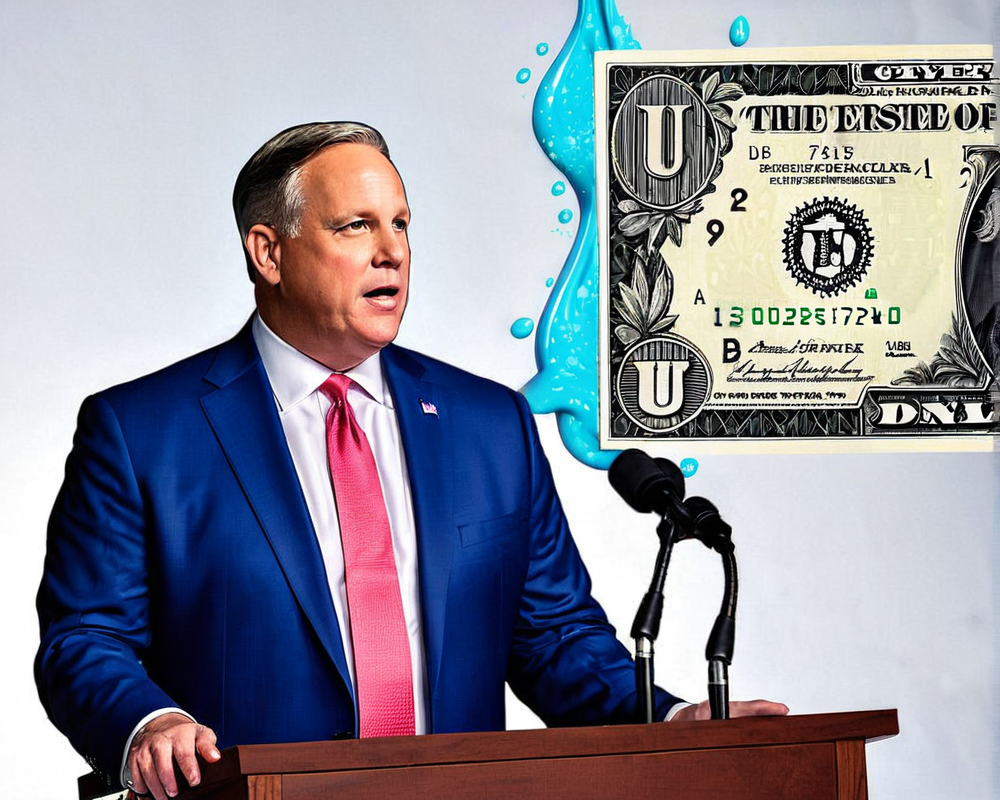Concerns Over U.S. Central Bank Digital Currency
In a recent speech delivered at a symposium at Harvard University on October 14, Christopher Waller, a member of the U.S. Federal Reserve Board of Governors, expressed skepticism regarding the potential benefits of a U.S. central bank digital currency (CBDC). He conveyed that a CBDC would not significantly enhance the characteristics of the U.S. fiat dollar that foreign companies value most.
Dollar’s Global Primacy
Waller stated that while the U.S. dollar’s role as a global reserve currency provides substantial benefits both to the United States and other nations reliant on the dollar, this status is not derived from technological advancements. He argued that the introduction of a CBDC is unlikely to affect the factors underpinning the dollar’s supremacy, stating, “The purported shifting payments landscape as a result of the growth of digital assets, particularly CBDCs, is not a threat to the U.S. dollar’s status.”
Lack of Significant Market Impact
On the domestic front, Waller assessed that a U.S. CBDC would not dramatically alter the liquidity or depth of U.S. capital markets. He added that such a digital currency would not reconfigure trust in U.S. institutions or bolster America’s commitment to the rule of law. This perspective stands in contrast to his view on dollar-backed stablecoins, which he believes could align closely with U.S. monetary policy without undermining economic effectiveness.
Stablecoins versus CBDCs
Waller, commenting on the nature of stablecoins, stated that “nearly all major stablecoins” are dollar-denominated and that U.S. monetary policy should govern their usage and decisions akin to those of holding physical dollars. This stance indicates that while stablecoins could operate alongside traditional currency, they may not significantly alter the nature of monetary control imposed by the Federal Reserve.
Research and Skepticism
During his speech, Waller cited extensive research supporting the current dynamics of the dollar as a reserve currency, while also expressing his personal skepticism about the ability of a CBDC to alleviate traditional payment frictions. He emphasized that he remains open to differing opinions on CBDCs and the broader implications of digital assets.
Conclusion
Waller’s comments reflect a cautious approach from the Federal Reserve towards the development and implementation of a U.S. CBDC. As discussions surrounding digital currencies continue to evolve, the potential impacts on the U.S. dollar’s status and the financial ecosystem remain a focal point of analysis.




